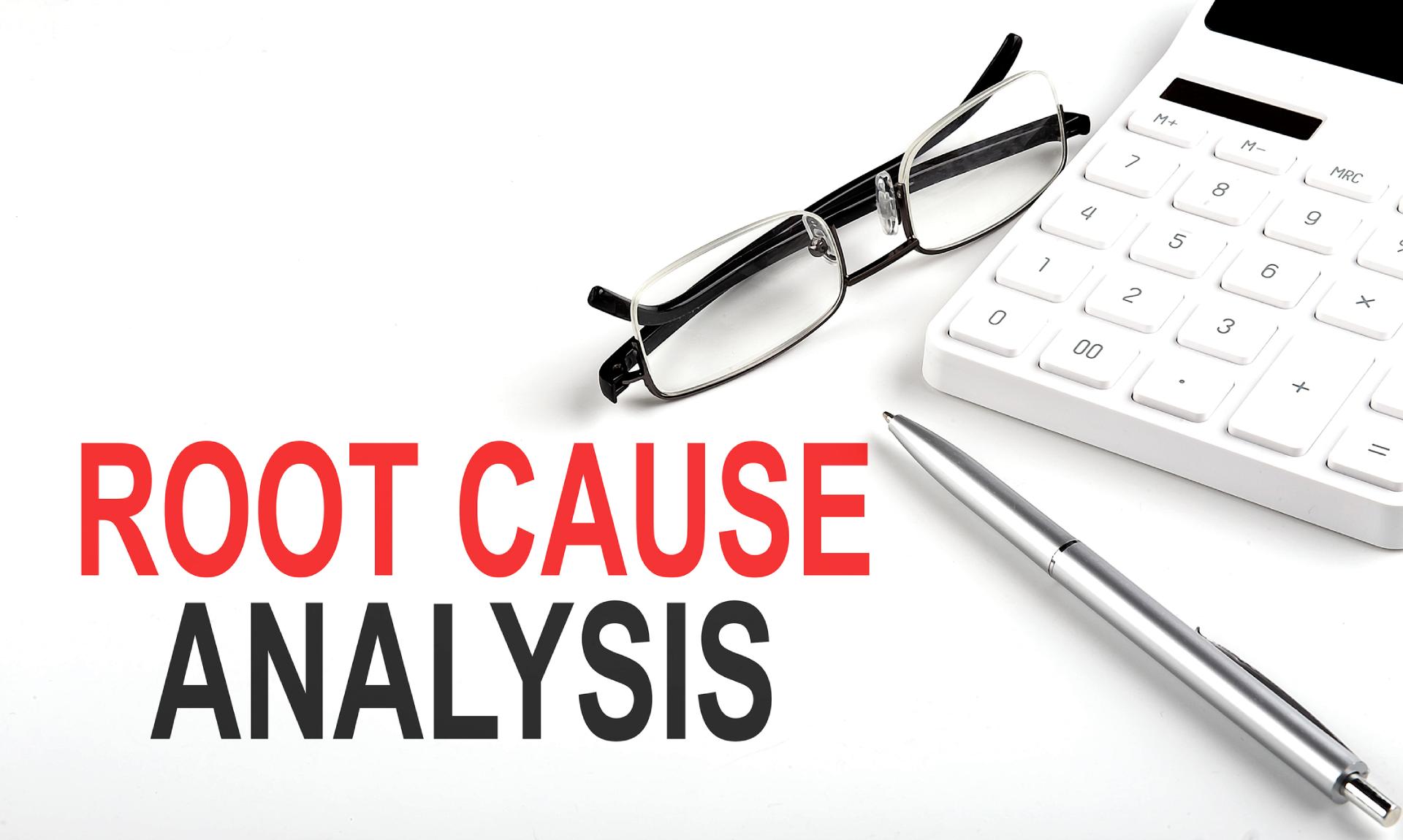
Is your RCA Process Effective?
Root Cause Analysis (RCA) is a systematic and robust investigation process to identify the underlying causes of errors and adverse events. RCA is a widely used technique to analyze patient safety and quality issues in healthcare. It is also an important part of the learning process.
When done correctly, RCA plays a crucial role in improving patient safety. However, numerous studies have shown that RCA has had mixed results in the healthcare industry. For example, adverse events were recurring after the team had conducted RCAs on similar incidents. Do you face such issues in your organization?
Table of Contents
Five Common RCA Mistakes
The effectiveness of RCA can be undermined by common mistakes during the RCA process. Here are five common mistakes to avoid.
1. Superficial analysis focusing on individual blame
The most common RCA mistake is to identify an obvious cause (e.g., human error), without exploring deeper system-level issues. There is a tendency to stop at the first cause and overlook other potential systemic, environmental, or human factors, which require greater efforts and specialized skills.
Assigning blame to individuals rather than focusing on the systemic causes of the incident is not only inefficacious but counterproductive. This can create a culture of fear, discourage incident reporting, and undermine improvement efforts.
2. Failure to involve all stakeholders
Next is the failure to engage a multidisciplinary team and stakeholders with firsthand knowledge of the event in the investigation process. Sentinel events and serious incidents often involve multiple and interacting contributing factors. Therefore, it is necessary to take a wider systems approach involving various stakeholders to identify root causes.
Successful RCAs require input and collaboration from various departments and individuals, including frontline staff, doctors, nurses, and quality improvement specialists. Each stakeholder brings a unique perspective and valuable insights into the investigation process. Patients and their family should also be engaged to provide a unique perspective. Their involvement brings transparency and builds trust.
3. Incomplete data and sources of information
Another common mistake is conducting RCA based on incomplete or biased information, such as relying solely on incident reports without other evidence. Do not miss vital information as this could lead to wrong conclusions.
The investigation should gather information from multiple sources including medical records, staff interviews, patient and family interviews, and environmental conditions. A thorough review of the situations or conditions that contributed to the event can help to identity the underlying system and process issues.
4. Overlooking environmental and human factors
Failing to consider the impact of environment and human factors is another common mistake. Environmental factors, such as workplace conditions, poor facility design and outdated or malfunctioning equipment can contribute to incidents.
On the other hand, human factors such as the cognitive, physical, and psychological aspects of healthcare workers are crucial factors not to be overlooked. It is important to consider ergonomic and human factors science during the analysis to understand how the environment and system design affect human performance.
5. Lack of stronger follow-up actions
Lastly, and most importantly, take corrective actions to address the root causes that led to the event. The lack of emphasis on actions is one of the main reasons for RCAs not yielding the desired results.
Too often, only weaker actions such as policy review, a new procedure, or staff training are taken after the RCA review. To be more effective in preventing the recurrence of incidents, you need stronger action such as workplace redesign, process simplification or replacing aging equipment for sustained improvements. Prioritize the recommended actions based on the potential impact on patient safety and the feasibility of implementation.
In Summary
The ultimate objective of RCA is to improve patient safety and prevent future harm. If you have not seen the expected results and improvements, look for opportunities to improve your RCA process. Avoid the common mistakes discussed above.
Digitalizing your incident management processes, including investigation, RCA, and actions, can further help to improve the efficiency and effectiveness of RCA. Contact us to learn more on QUASR.
Free Download: RCA eBook
You may also want to download the QUASR RCA eBook: Guide to Improve the Effectiveness of RCA, for reference.
Click the link below to download!






